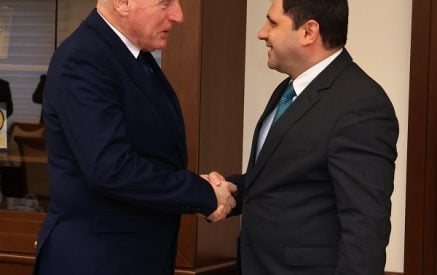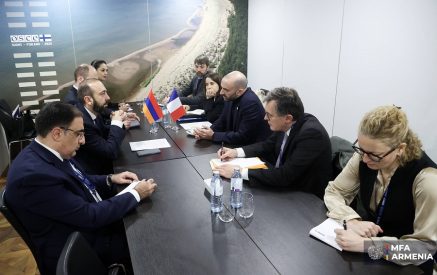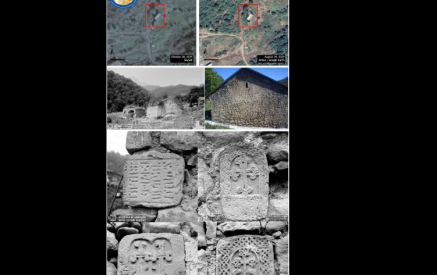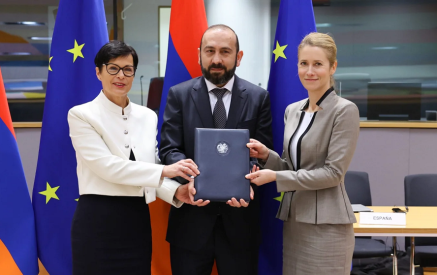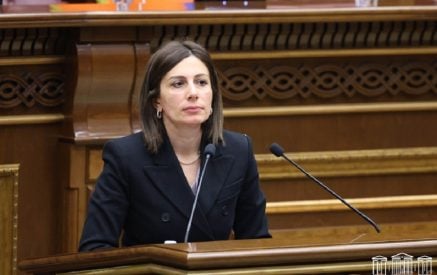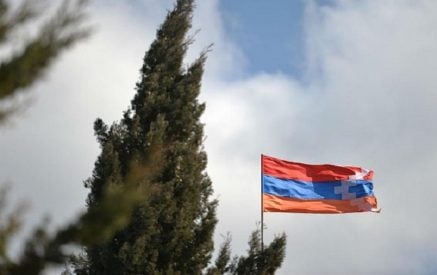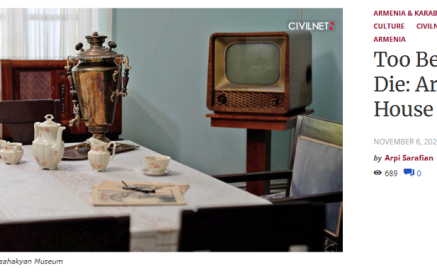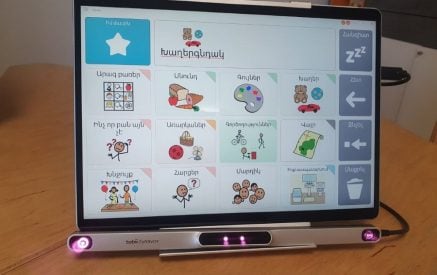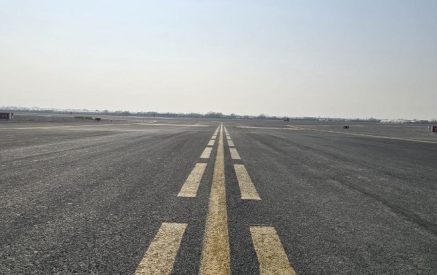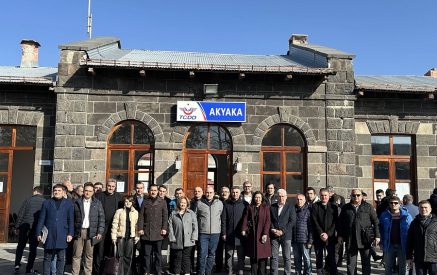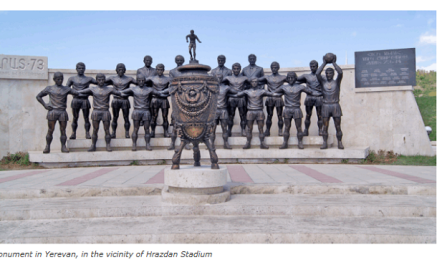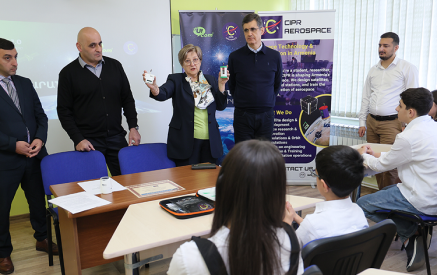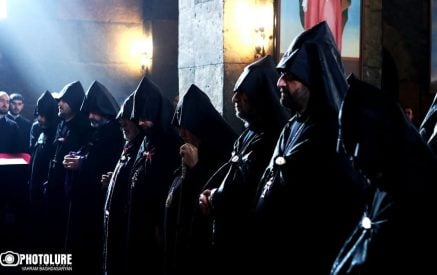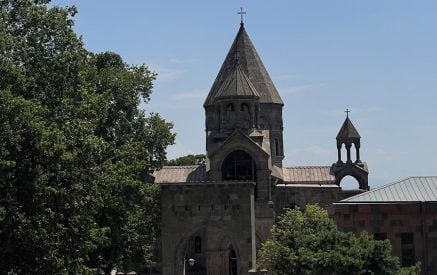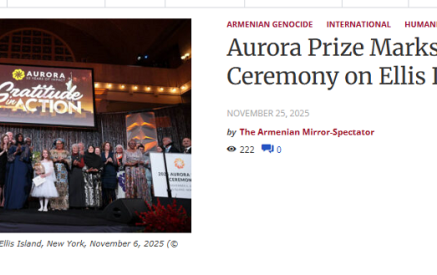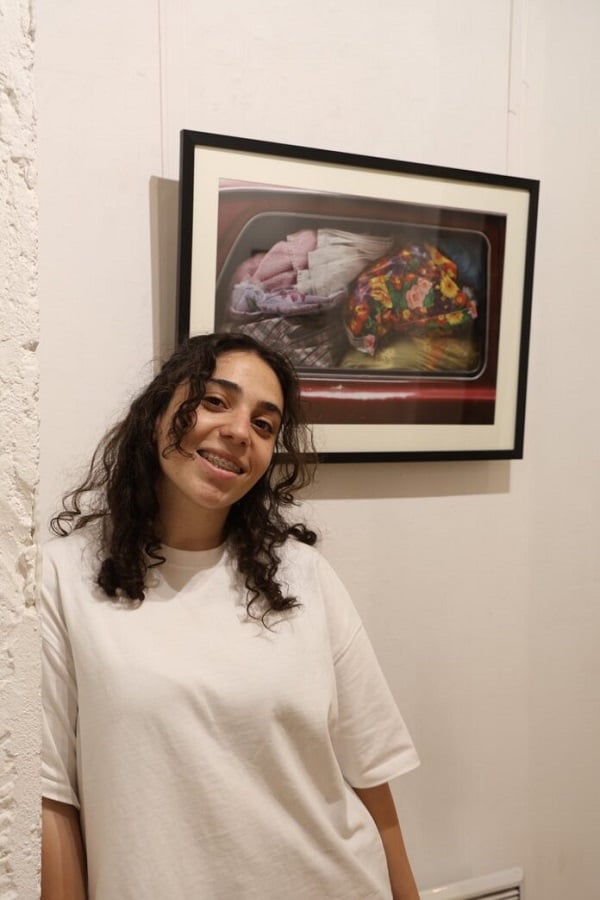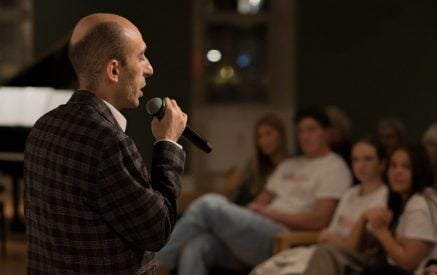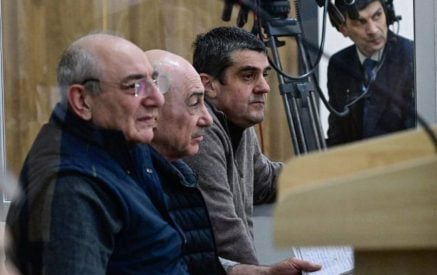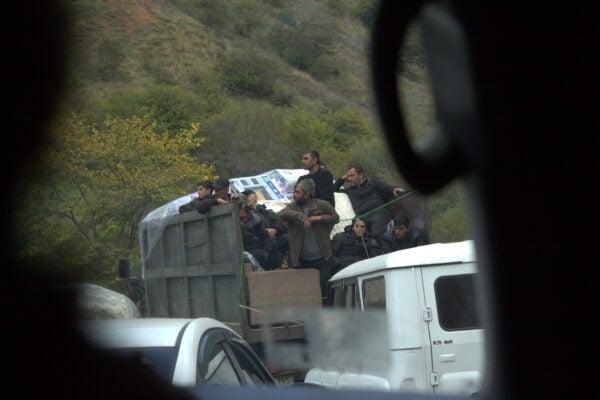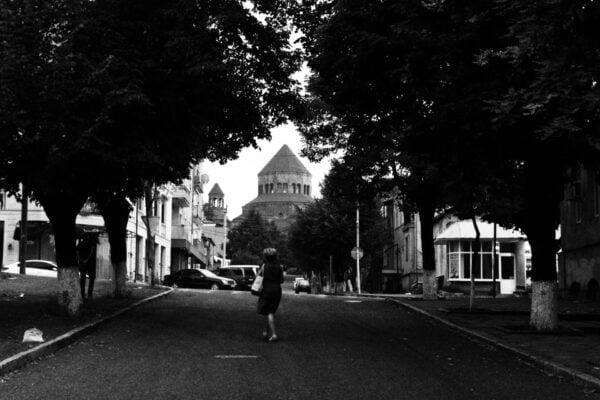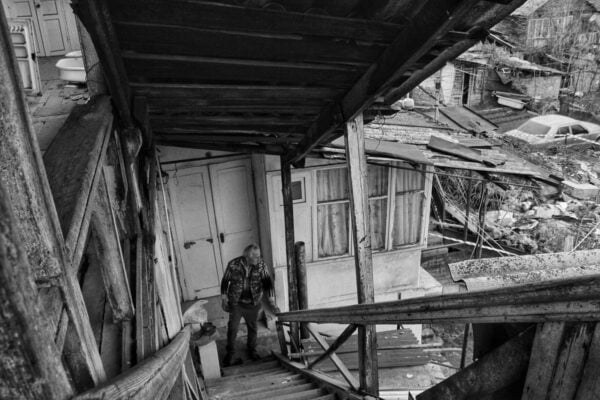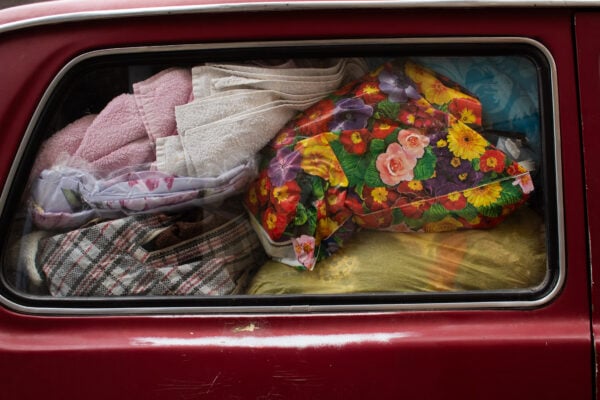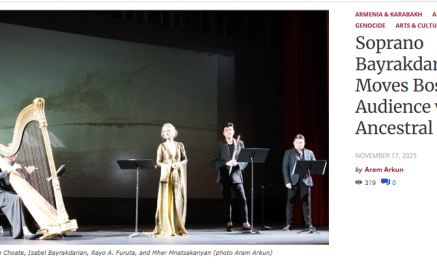By Anzhela Sedrakyan
Special to the Mirror-Spectator
YEREVAN —The Dallan Gallery in Yerevan recently hosted an exhibit of photographs by Artsakh-born photographer Nare Arushanyan. The exhibition, which ran May 10-20, was titled “Echoes of Home,” and featured depictions of life in Artsakh and the harrowing displacement.
All proceeds from the sale of the photographs will be donated to organizations supporting displaced Artsakh families.
Read also
Nare is 17 years old. With a bright and joyful gaze, she was born and raised in Stepanakert. Her story is a testament to the inspiring strength that can emerge even under the harshest conditions.
Since December 2022, from the moment the blockade of Artsakh began, Nare joined a charitable initiative founded by philanthropist Ruben Vardanyan, called Frontline, as a volunteer. Every day, she visited fellow citizens with health issues such as what, delivering their daily bread—at a time when bread had become scarce in Artsakh.
“Everything is different now. When I wake up in the morning, that same sense of mission is gone. My life has completely changed,” Nare shared.
She started getting interested in photography at age 14. She was inspired by the work of several photographers and students from Artsakh’s TUMO Creative Center. In Artsakh, Nare had been accepted to the Tumo Creative Center to study photography in the upcoming year, which of course did not happen. Using money she had received as birthday gifts, she bought her first camera.
She was 15 when the blockade happened in December 2022. Thus, she began documenting the reality of Artsakh—both through a photographic lens and with a journalist’s eye. She was frustrated by the international media’s silence and decided to serve as witness to her own story.
Nare captured nearly everything: from civil disobedience protests and bread lines to the daily life of volunteers. She translated her captions into English and shared her photographs on social media, doing everything she could to bring awareness of Artsakh’s fate.
Walking through the gallery this week, Nare presented some of the photographs on display. The first is an image of Martuni’s mayor, Aznavur Saghyan, taken at Yerablur military cemetery. Her expression darkened: “Aznavur is a true hero to me. When the Azerbaijani army surrounded the village, he protected the villagers at the cost of his life — and was killed in that very moment.”
Next, she showed receipts from the bread lines, photographs of vehicles loaded with belongings. She recounted how people waited long hours at checkpoints, and how she managed to document moments of displacement in the midst of it all.
One photograph stood out—a scene from the village of Shahmasur. It depicts a serene domestic scene; against the backdrop of the mountains, white linens hang from a line in a backyard. Its contrast is found in another image: a red car filled with neatly packed white linens belonging to another displaced resident during the forced evacuation in October 2023.
She was born and raised in Stepanakert, as were her parents. She is now attending Avedisian School in Yerevan, where she is in the 12th grade, meaning she is a graduating student. In addition, she works at the Lorik Humanitarian Foundation, producing video reports, and also collaborates with the “301” media platform as a photojournalist.
She said that life in Artsakh was peaceful and calm, even though the threat of aggression was constant. Still, she had adapted to that way of life. Nare and her family were forcibly displaced from Artsakh in 2023. What she misses the most is a deer she left behind. During the displacement, they were unable to take it with them, so they let it go into the nearby forest from their home
Nare had hoped to raise $1,000 through the exhibition-sale, but so far, only a few photos have been sold, and she has raised $500.


